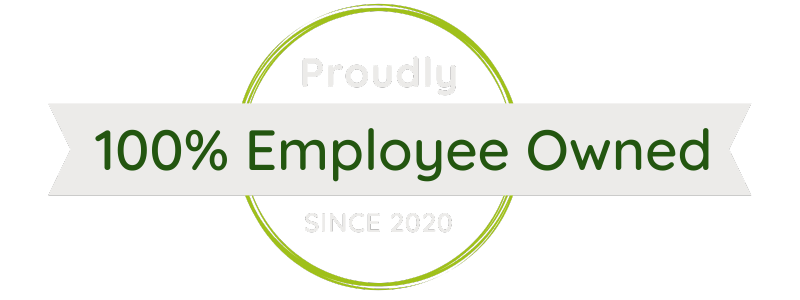As part of our service, we offer guidance for Professional Advisors.
In this blog, we will explain our simple approach to removing Japanese knotweed, demonstrating how we can help you give your client all the information they need. Japanese knotweed should be treated by specialists, who can provide an insurance backed guarantee with their work.
Identification
The winter months are traditionally the time that Japanese knotweed retreats from view; however mild British winters can cause the plant to continue to spread. You need to remain vigilant, to ensure you can identify knotweed at any time of the year. All that usually remains in the winter above the ground are the dead, dark brown canes. This makes it harder to spot knotweed, but not impossible for the trained specialist.
In the spring, red or purple shoots will appear from the ground, which quickly begin to grow into long canes, turning green over time. Knotweed can grow to around 3 metres high, producing white flowers in late summer. The leaves are green in colour and are usually flat and shovel or heart shaped in appearance.
Our website has a large number of knotweed images, in order to help with the identification process. There is also a handy identification guide, which can be viewed here. If you’re still unsure, please email your images to [email protected] and we will identify them for you, free of charge.
Developing a treatment and removal strategy
Once knotweed has been identified on the land, then a survey should be conducted to establish the extent of the problem. A management plan will be produced from the findings, which explains various treatment and removal options, including budgets and timings.
The knotweed management plan will identify the best strategy to use, based on the client’s requirements. There are both treatment and removal techniques available. Treatment methods focus on above the ground growth, using 3-4 applications of a herbicide spray to tackle the problem. This can only be completed during the growing season. Removal methods focus on the rhizome system, hidden below the ground. The traditional method, ‘Dig & Dump’, involves excavating the soil and consigning it to a registered landfill. At Environet we have developed a method which is eco- friendly. Xtract™ is a purpose built machine that separates the rhizome from the soil, eliminating the need to consign waste to landfill. The clean soil can then be reused on site. This can often be completed in a matter of days, and is around half the cost of ‘Dig & Dump’.
Guarantees
An insurance backed guarantee needs to be provided in order for Banks and Building Societies to offer lending on a property or site with knotweed. There are various guarantees and warranties on the market. We recommend you read the small print, as some refer to their Professional Indemnity Insurance, and some claim to be insurance backed when they are not. We offer all our clients an Environet Insurance Backed Guarantee upon completion, underwritten by an A-rated insurer, to cover either a 5 or 10 year period.
We offer CPD seminars, phone consultations and budget quotes to all Professional Advisors. We want to ensure you can provide your clients with the most up to date advice. There is no charge for our guidance (site surveys may be chargeable); all we ask is, where appropriate, you refer us to your clients, as trusted experts capable of completely removing Japanese knotweed. Established in 1996, we have a clear understanding of how to tackle this invasive weed.
If you have any questions, please get in touch today.



